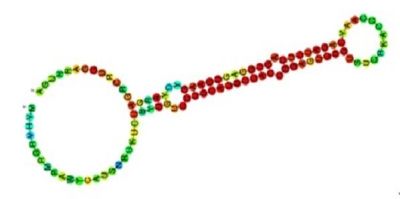During one of the presentations at the MEDLAB Congress during Arab Health 2015 in Dubai, Dr. Rana Nabulsi, Head of Quality, Proficiency HealthCare Diagnostics, Abu Dhabi, UAE spoke about the importance of bringing lean management tools to the laboratory and how they could help improve patient outcomes and improve speed and efficiency by minimising waste and limiting variation.
As opposed to the traditional management approaches, the lean approach focuses on the 95 percent non value-added activities. Dr. Nabulsi pointed out that the emphasis with this approach is on removing waste and improving flow. In the lab context, it is about delivering quality patient lab results within the shortest time frame at the lowest costs, while maintaining client satisfaction.
The different types of waste include inventory, waiting, overproduction, transport, motion, extra processing, or defects. There are several examples of such waste in labs such as:
Defects - wrong tube labels or incorrect patient ID
Transport waste - having to take a long walk or multiple hand-offs
Waiting time - e.g. tubes waiting in a centrifuge
Inventory - e.g. 50 weeks of supply
Motion - e.g. walking 80 feet to bring a reagent
Over processing - time/date stamps added
Overproduction - drawing blood at 4 a.m.
It is important to identify waste in lab testing at every step including the pre-analytical, analytical, moving and post-analytical phases.
There are several tools that can be used to apply lean quality improvement. These include
- Value stream mapping by creating flowcharts/current state map of the process in order to identify waste and bottleneck activities; creating a future state map to ensure samples are not just sitting there between activities; and modifying the facility’s layout, workspaces and processes as defined in the future state map. Dr. Nabulsi suggests putting in audible and visual signals between one step and another as it can result in a reduction in non-value-added wait times as well as walking steps.
- 5S workplace organisation that include Sort, Set in order, Shine, Standardise and Sustain. This can help create an organised workplace, using visual cues to reduce the amount of waste, such as time spent searching, looking, waiting and asking.
- Visual workplace by
creating a lab that is entirely visually instructive with cues such as labels,
signs or colours. The goal is to minimise waste associated with not knowing,
searching, asking etc. The Kanban trigger system is a notification system that
once activated, triggers a response to start another process going, such as inventory
notification cards.
- Work cell specimen
processing that aims to minimise movement, reduce batch sizes and decrease set
up time for testing. Remember that batching inhibits flow, advised Dr. Nabulsi.
Source: Arab Health
Image Credit: Gulfbusiness.com























